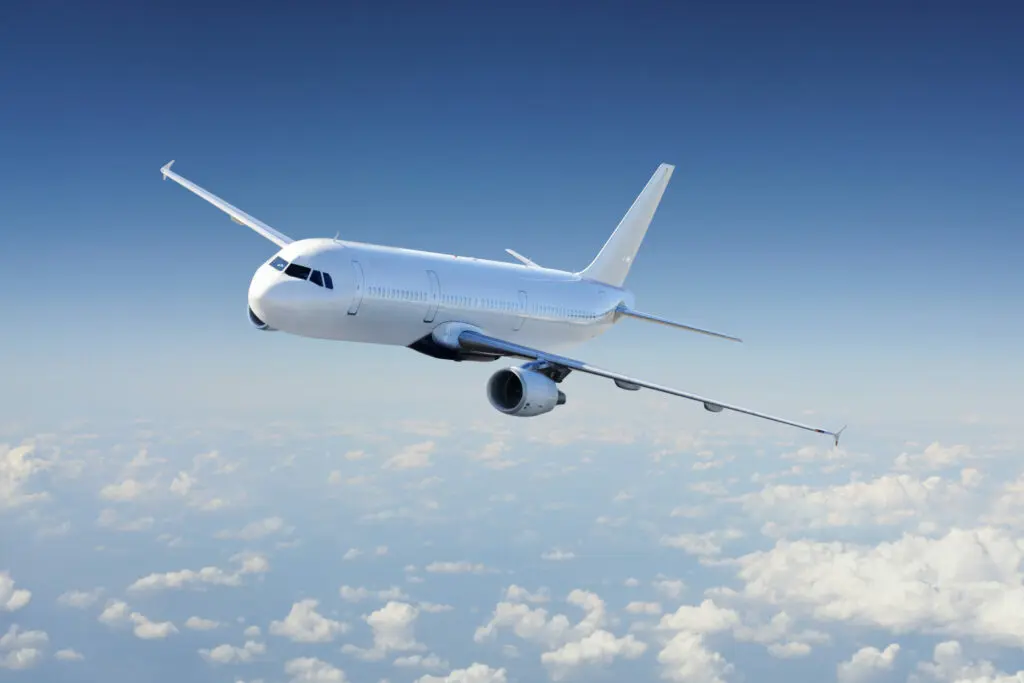Influenced by a variety of factors, in May 2025 airline insurance market conditions remain delicately balanced. Recent losses have prompted some insurers to push for premium increases, although elevated capacity levels within the market are mitigating such efforts. As a result, competition among insurers is rife, with insurers at risk of losing lead positions to those willing to undercut their terms.
Despite the limited number of renewals occurring at this time of year, these renewals have garnered significant attention. Rising attritional losses, increasing repair costs and a focus on the aviation insurance market from the wider industry, are placing additional pressures on insurers. The uncertainty regarding the Russia/Ukraine lessor claims also continues to cause unease across the market.
On the surface, the market appears to have an abundance of available capacity, even with Swiss Re’s exit from direct aviation insurance in February. A major airline could, in theory, secure enough cover to protect their risk almost two and a half times over. But scratch beneath this headline figure, and a more nuanced reality emerges. This metric fails to account for insurers becoming increasingly selective about the risks they’ll underwrite. Nor does it reflect that many are deploying less than their full line sizes, resulting in actual capacity levels falling short. Nevertheless, competition among insurers is generally high with many actively vying for market share in the sector.
Claims activity has also played a significant role in shaping the current market landscape. Losses such as the American Airlines incident (January 30, 2025), and Endeavor Air (Delta) in February have had a destabilizing effect following the Jeju Air and AZAL accidents in late 2024.
Prior to these events, loss trends were relatively benign, with 2023 standing out as the safest year on record for the airline industry, featuring no fatal accidents involving jet aircraft, leading to IATA reporting that, on average, a person would need to travel by air every day for 103,239 years to experience a fatal accident. Despite the low frequency of major losses, claims costs are on the rise due to factors such as extended aircraft downtimes and increasing repair and replacement expenses.
The Russia/Ukraine lessor claims also provides a significant source of uncertainty within the market. While a small number of insurers have opted for out-of-court settlements, the majority are awaiting court rulings expected later this year. The outcomes of these legal proceedings could substantially impact market conditions.

The Hull War sector has seen significant developments in recent years. Conflicts in Russia/Ukraine and Sudan led to sharp increases in hull war rates, raising its profile with both insurance buyers and capital providers. New entrants, unencumbered by historical losses, entered the market in 2023 and 2024 intensifying competition. While hull war rates have largely stabilized over the past year, minor reductions have been observed.
Meanwhile, the Excess AVN52 sector has experienced stable conditions, supported by a historically low level of losses. High capacity levels persist, although some underwriters choose to link their participation to All Risks policies. Recent capacity growth has also introduced challenges for insurers seeking reinsurance coverage, which may deter potential new entrants.

Looking ahead, the airline insurance market faces a mix of challenges and opportunities.
With the war markets seemingly stable, the focus for buyers will inevitably be in the shifting sentiment of the hull all risk markets where much of the market income is derived.
Rising claims costs, coupled with growing repair expenses, pose ongoing profitability challenges for insurers. Additionally, the prospect of the ongoing Russia/Ukraine lessor claims and reinsurance renewals, the largest of which are due in Q2 and Q3 of this year, could significantly impact market sentiment for the remainder of the year.
All Risk market insurers are certainly making noises and seemingly under pressure to push premium levels higher. As we have already mentioned, however, there is still an abundance of capacity available to buyers, so while there may be ambitions for increased renewal prices, insurers will have to balance that desire against a backdrop of competition from insurers who are looking for opportunities to grow their premium income and airline portfolios.
This dynamic will no doubt be played out until the very end of the year, when the majority of market premium is due to renew. We wait to find out if insurers will prevail in their aims to increase overall market income or be washed away in the flood of competition to secure new and existing business. The 2025 renewal season could be one of most interesting and unpredictable for some time, but as always, we will seek to navigate our clients through this unstable period with their best interests at heart by using our market knowledge and experience to maximum effect.
Price Forbes seeks to be more than just a policy provider; we act as a trusted partner who understands our clients’ evolving risks, helping them build resilience in a volatile world. Please feel free to contact us for any further information regarding market dynamics, or to further explore our capabilities in the airline and broader aviation, risk management and insurance sectors.
Our insurance experts are always on hand to talk about ways we can join forces to take on the future.
